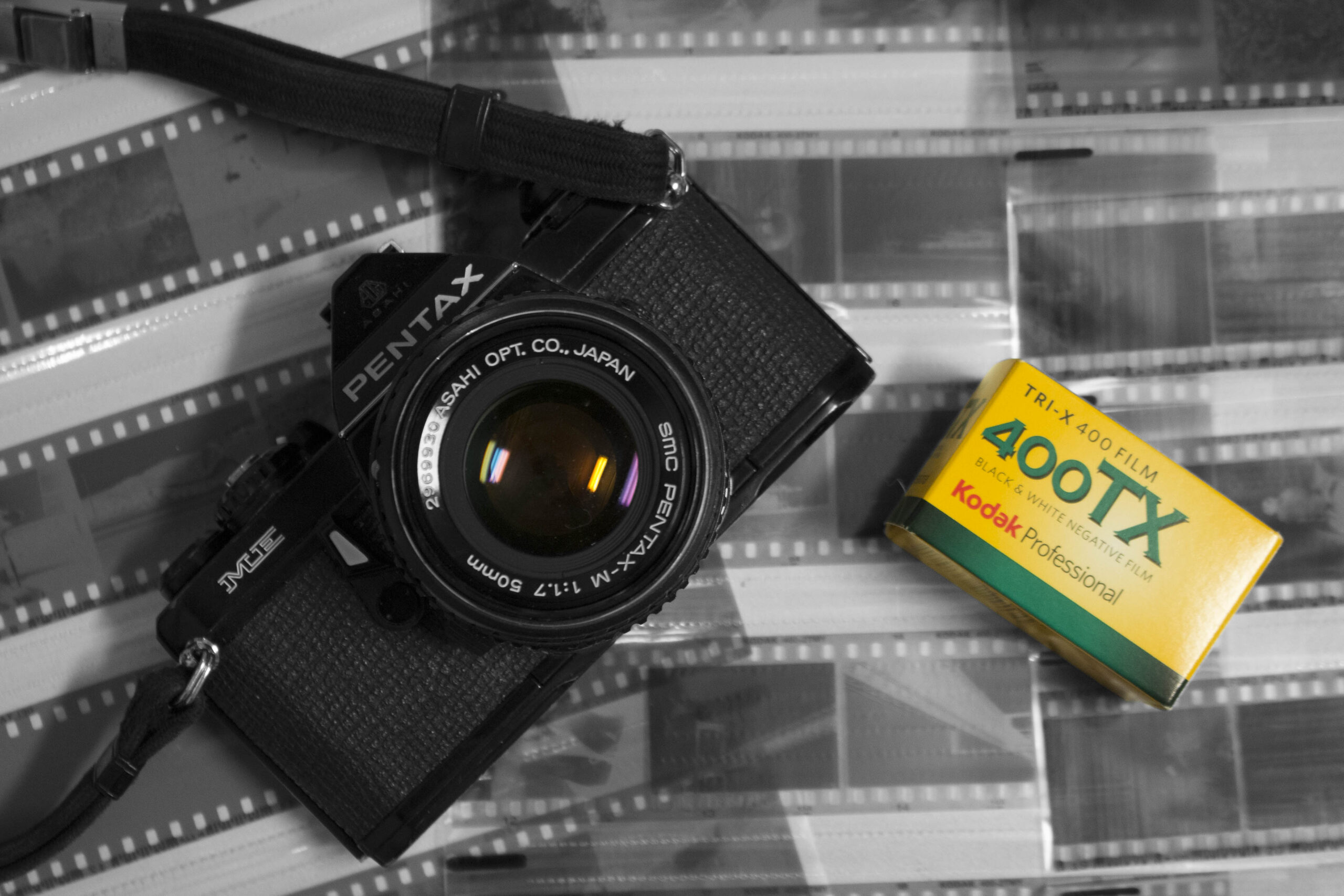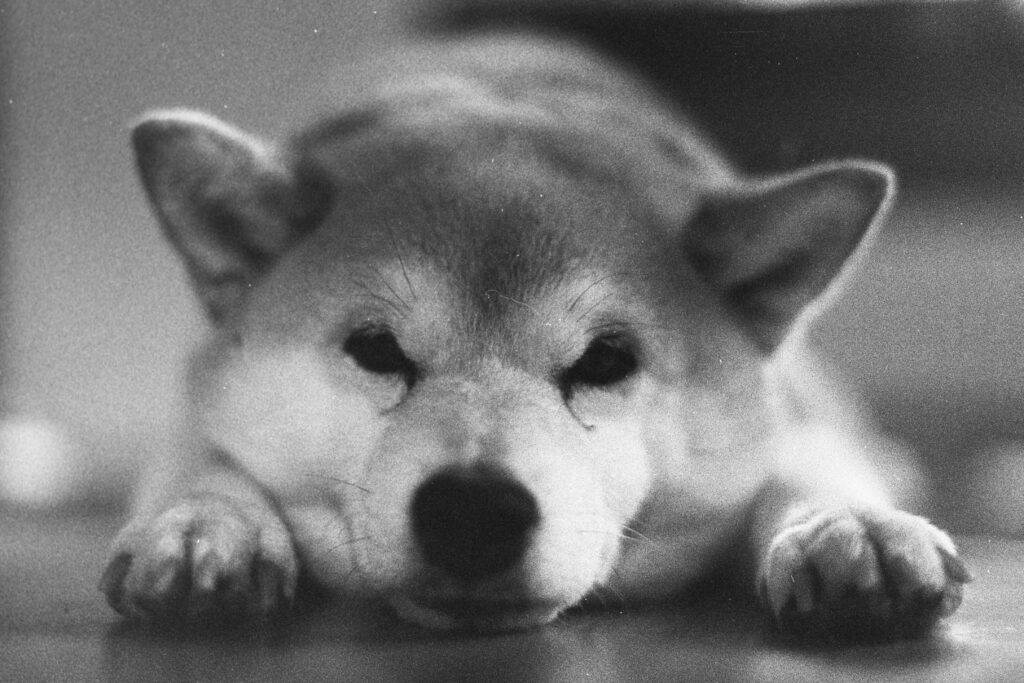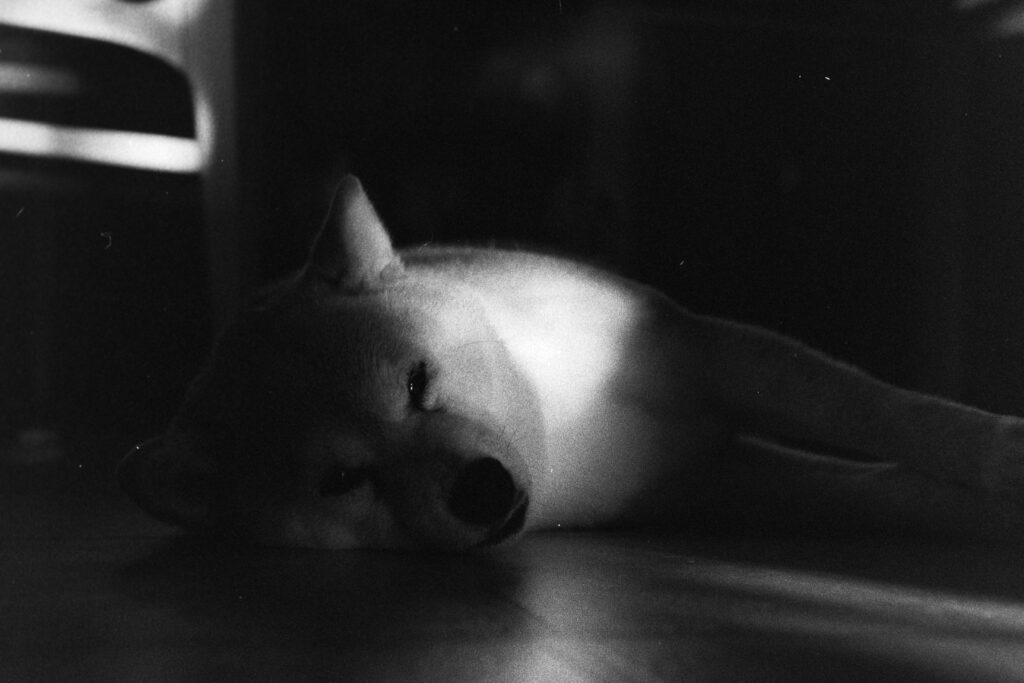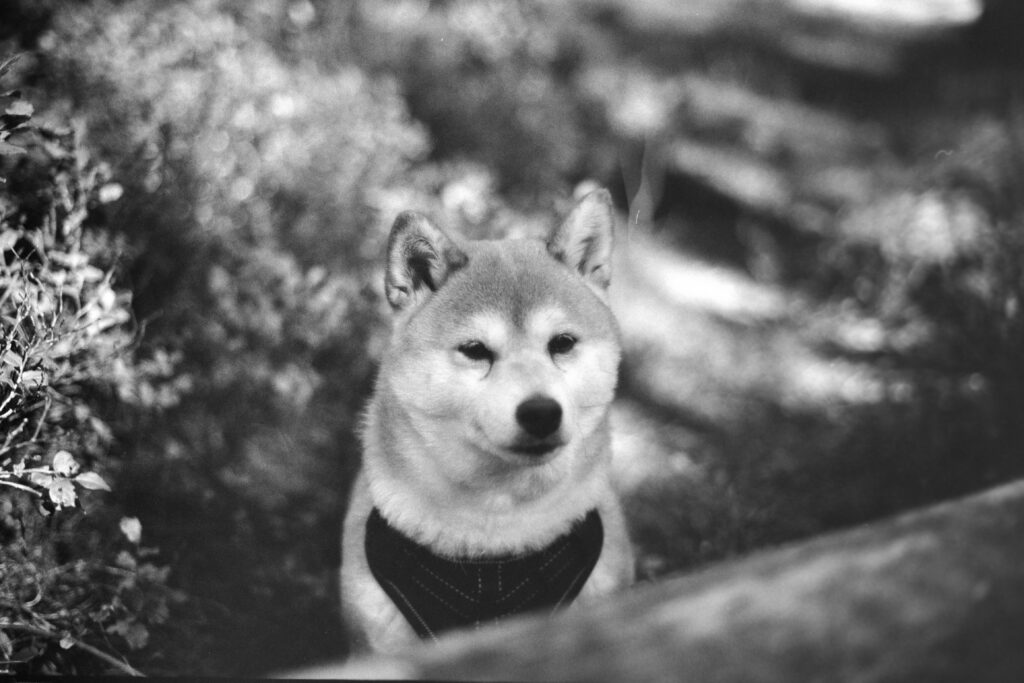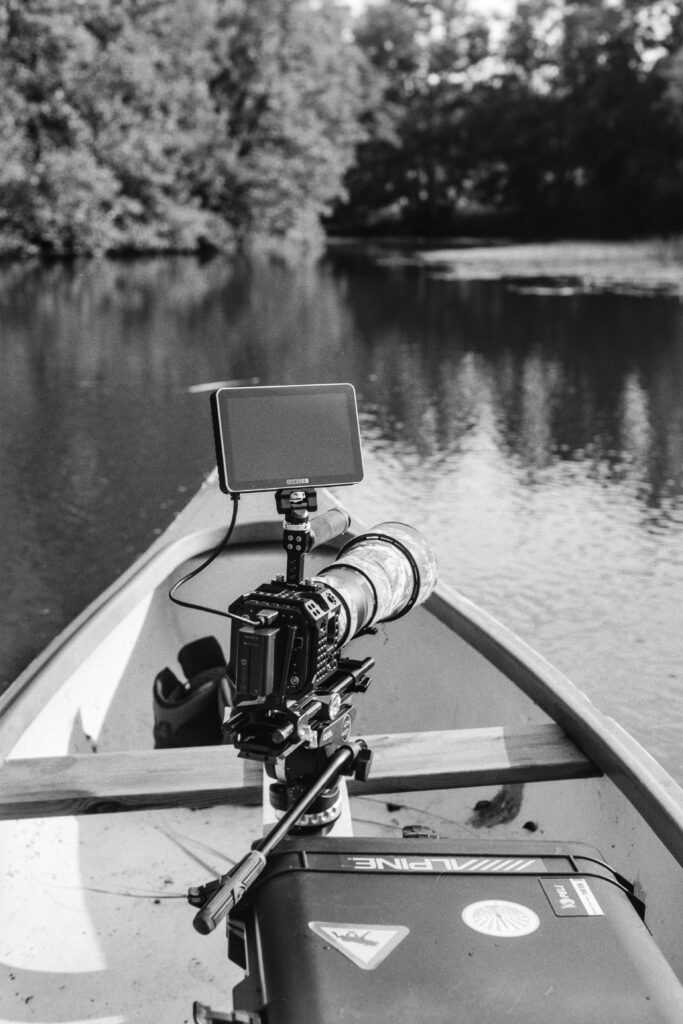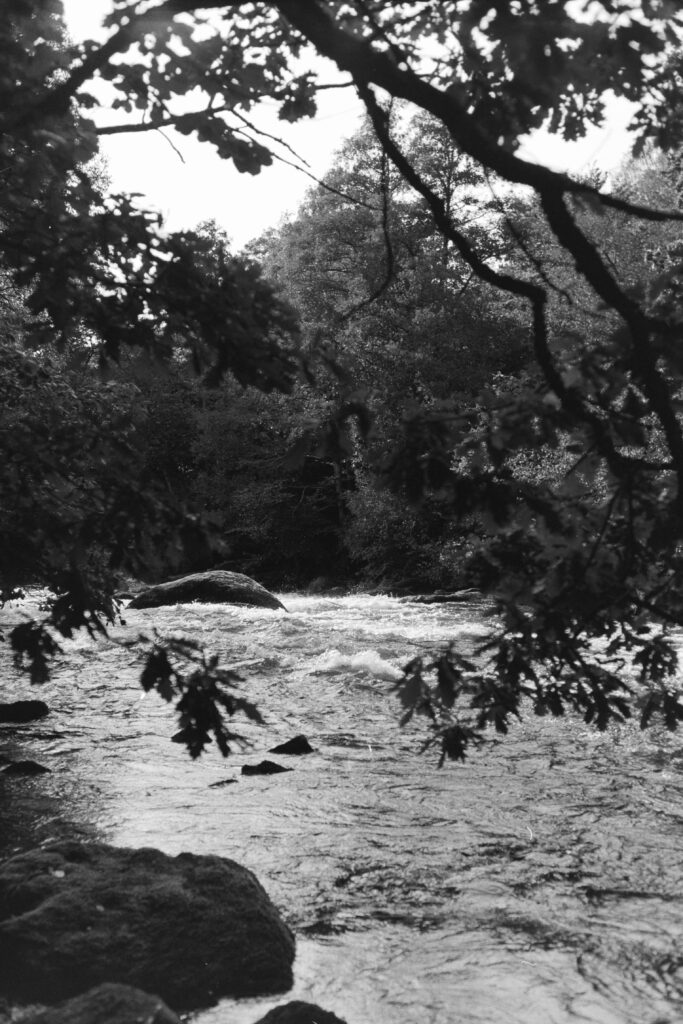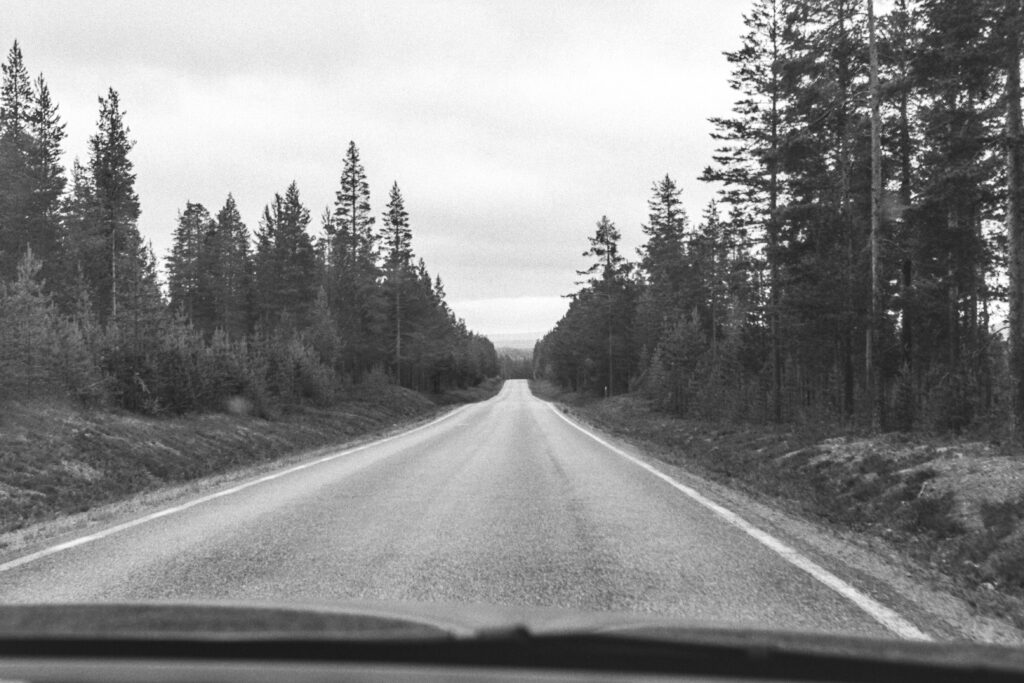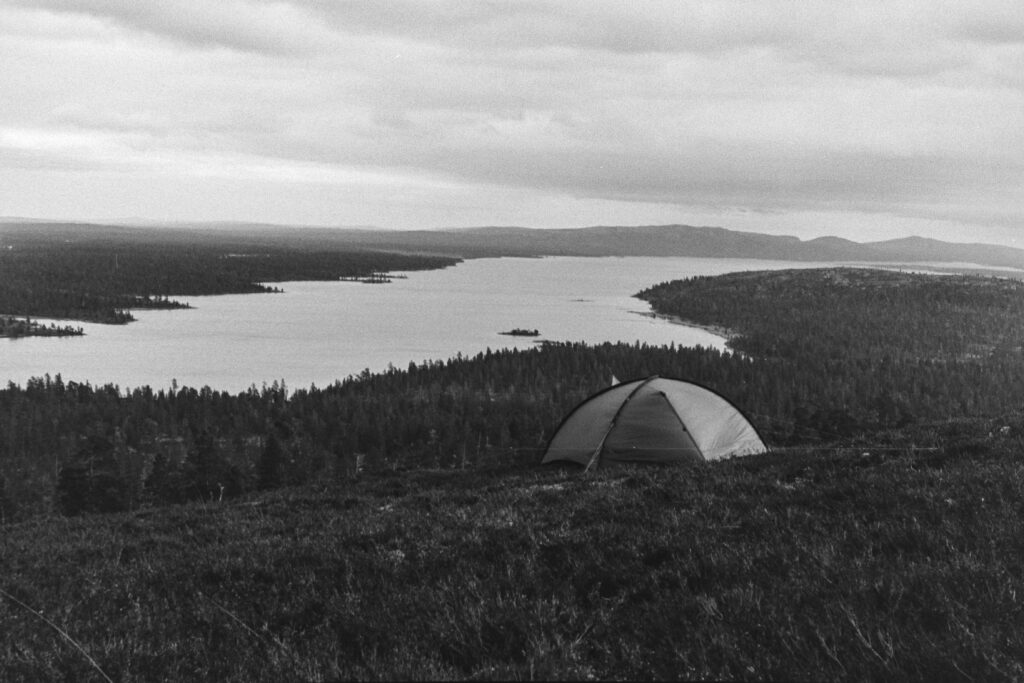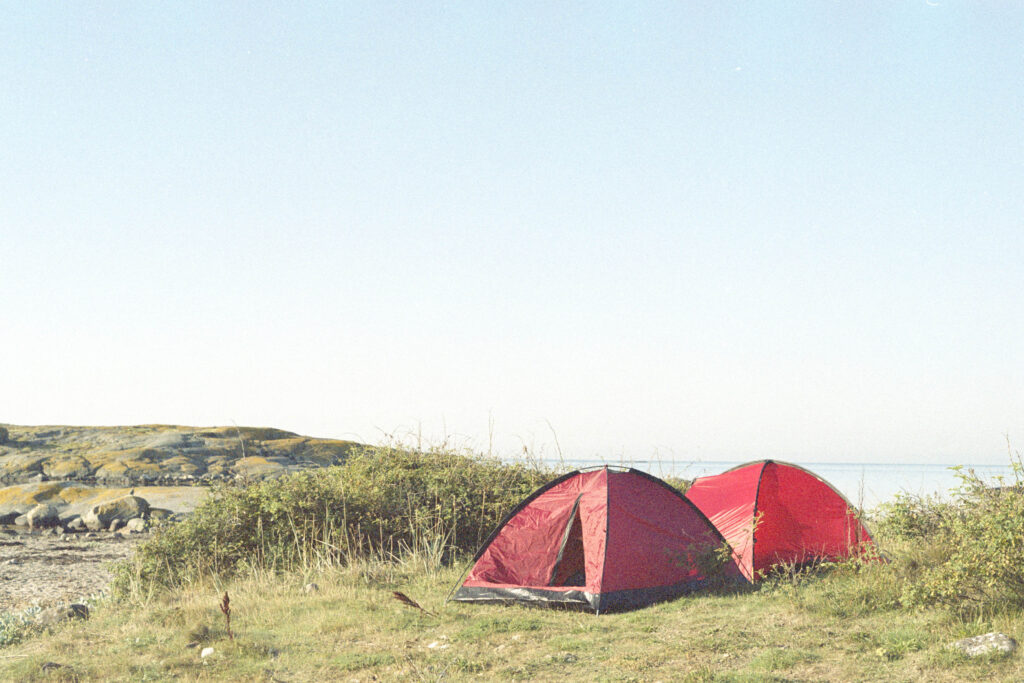The first camera I remember ever holding in my hands is my parents’ Pentax ME 35 mm SLR camera. Last year, I started dabbling in analog photography and, once again, that Pentax found itself in my hands.
The camera is quite old – it was even I was a child – but is, to this day, working flawlessly. I have two lenses for it. A 50 mm f/1.7 and a 75-205 mm f/4. The latter rarely gets used. Both lenses are somewhat soft, especially wide open. This, however, never stopped me from using them on my DSLRs over the years, but it was a great feeling using them with a body they were inteded for. Familiar, yet new (old really).

I really enjoy shooting with this camera. First of all, I find the Pentax just gorgeous to look at. I like that it’s worn and the metal is shining through the black paint. It has character in spades.
It’s an aperture priority camera – so it has no manual mode. As a novice film photographer, I found this very helpful. After shooting a few rolls, I found the camera tends to underexpose. It has exposure compensation (±2 stops) so I set the camera to +1. A better way I found was to set the ASA to half the actual value of the film which left the exposure compensation free for adjustments when shooting.
I have yet to develop the film myself, but I did scan it (DSLR + macro lens). As can be seen in most images, there was light leaking from the sprocket holes of the film. I plan to rescan my favourites when I get the time.
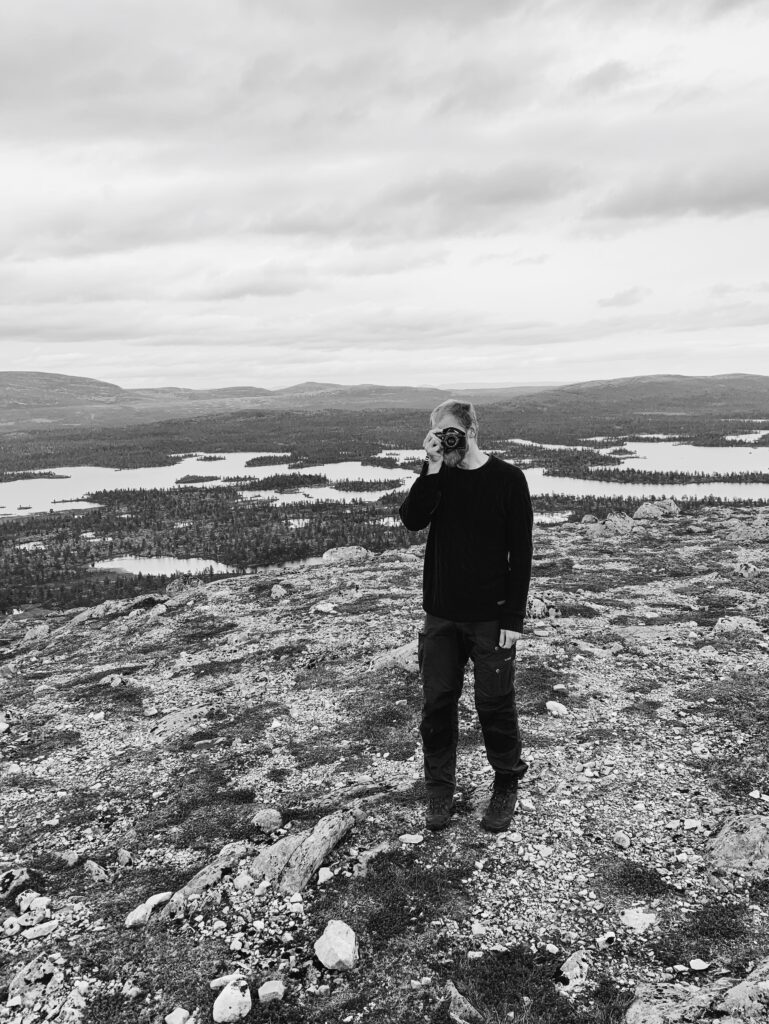
Sentimentality
My plan was to use film for documentary photography. I wanted a way to capture special moments in my life in a memorable way. There’s something about those grainy, soft, images that’s very much like our own memories. Sometimes blurry, sometimes vivid and very selective.
I tend to snap a large number of photos with my phone that never get looked at. Shooting film forced me to think more carefully about the pictures I took. The limitation of one roll of film per trip further increased the importance of getting each shot right. Of course, some shots turned out to be complete failures. You win some, you lose some.
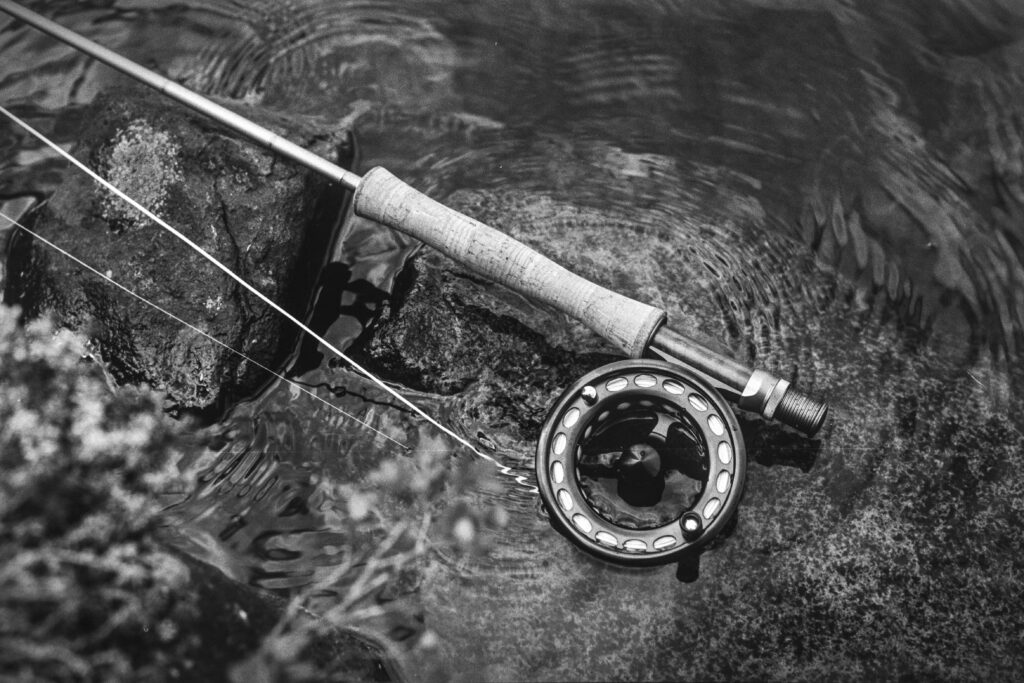
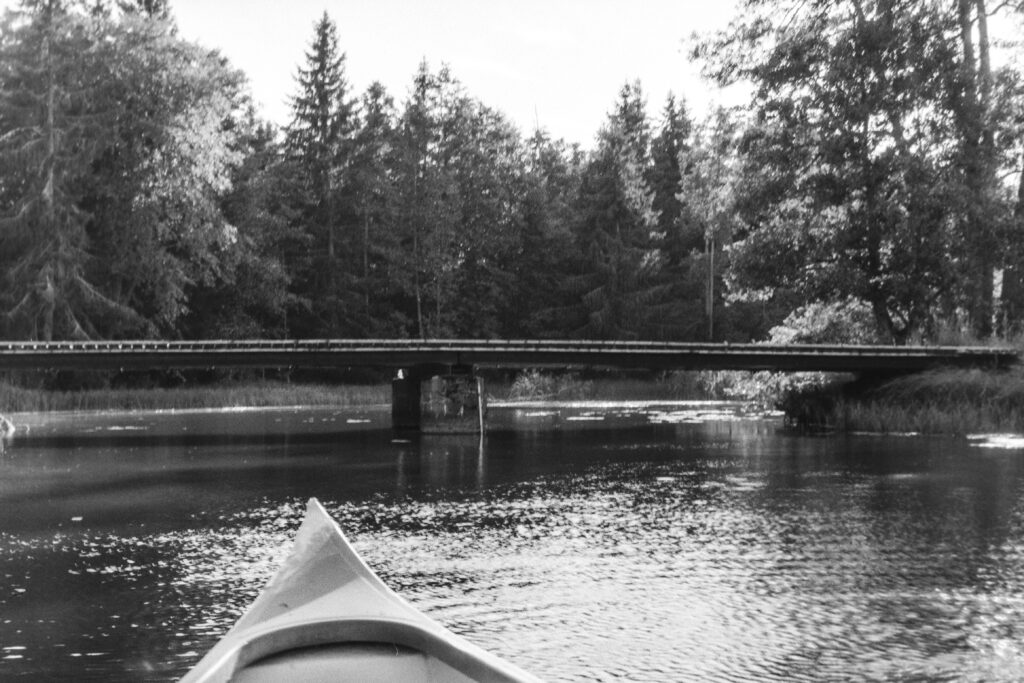

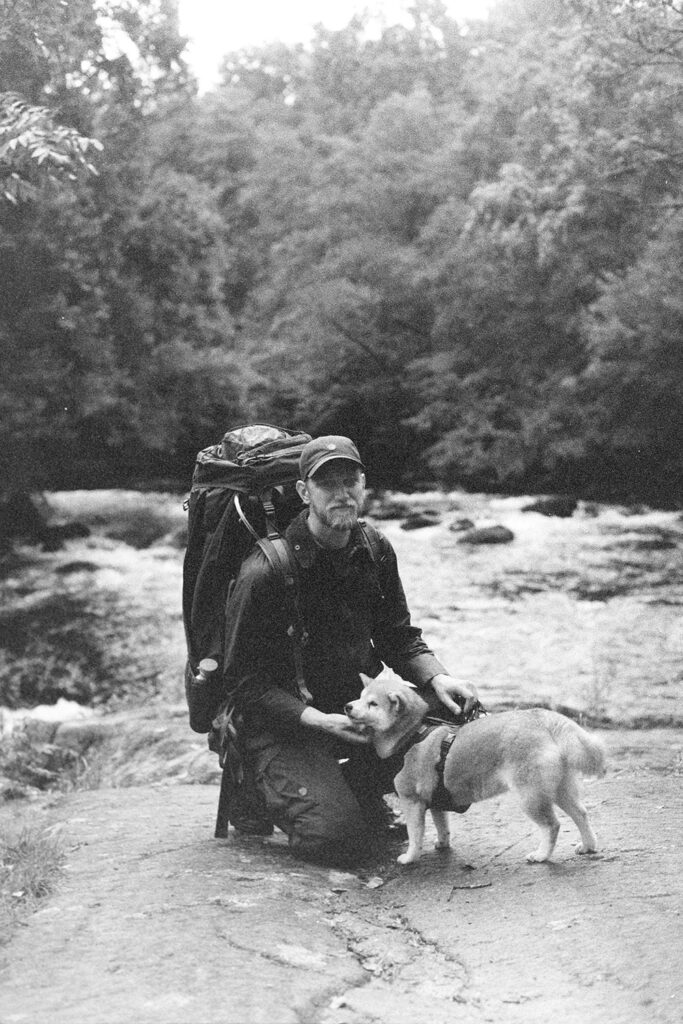
A Travel Companion
Since the camera is so small, it’s not much extra weight to lug around on long hikes and trips. There are no batteries to keep charged (well, except the small clock battery that has not been changed in decades) and minimal hassle overall. Perfect, seeing as this is ”extra” equipment, it’s key that it doesn’t get in the way or take up too much valuable pack space.
Something I’m tempted to buy is the 40 mm f/2.8 pancake lens. This would further increase the ”packability” and give me a slightly wider field of view. Yes, please.
I’m only six rolls in but I plan to continue. I’ve tested the following black and white film stocks. Kodak Tri-X 400, Kodak T-Max 400, Ilford FP4 125, Ilford Delta 3200. Tri-X is my favourite so far.
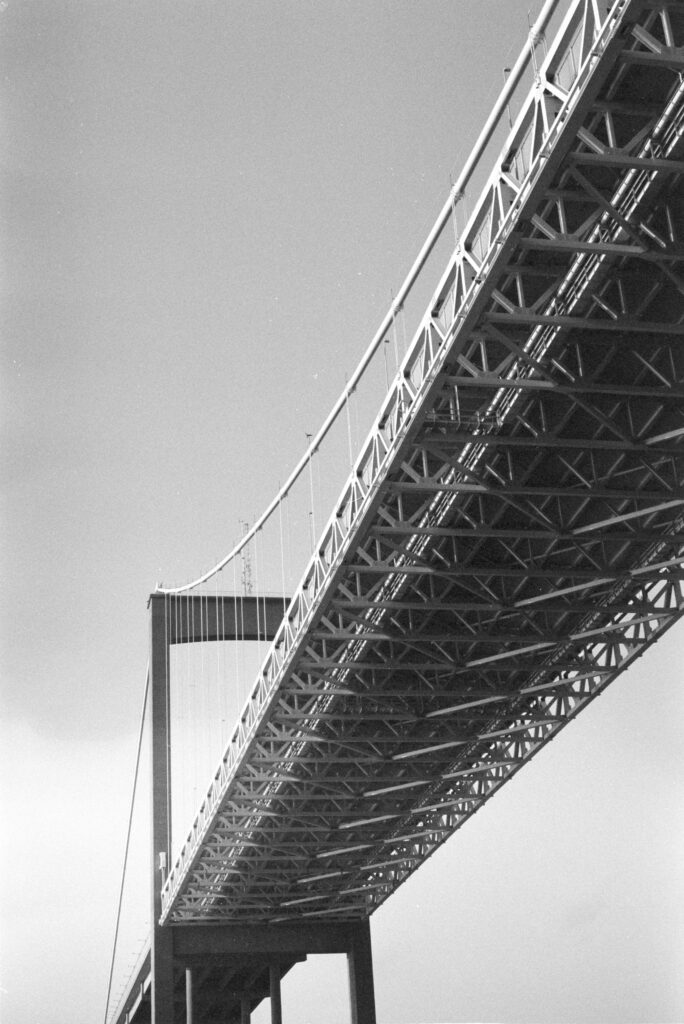
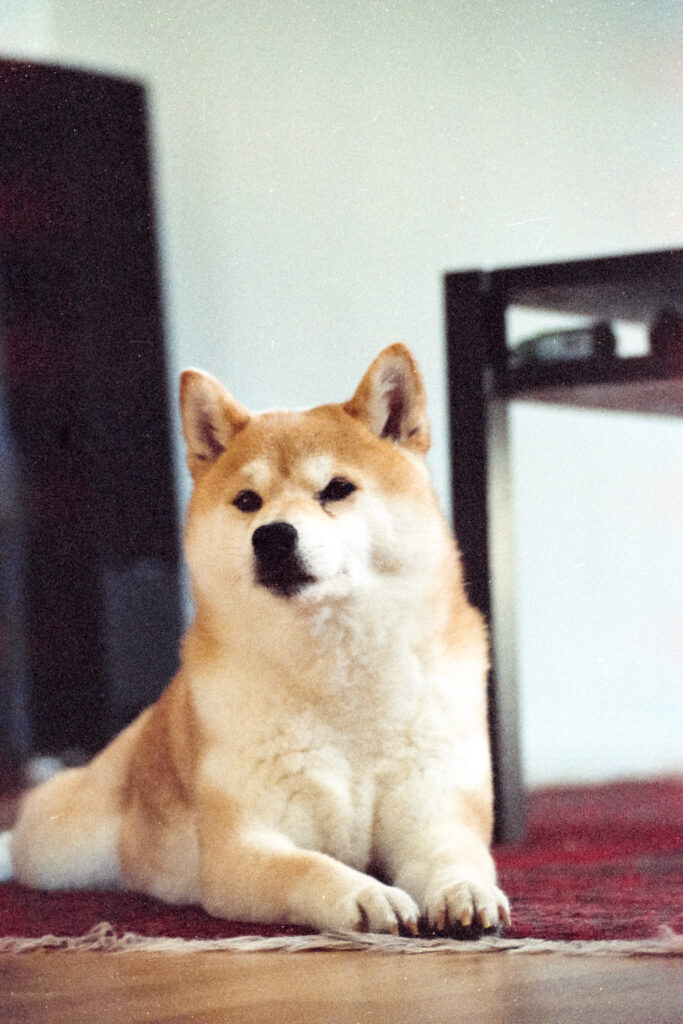
Colour
As a bonus, I found an old roll of Kodak CE100 that expired over twenty years ago. The roll had been sitting in room tempereture so I didn’t expect too much, but hey – free film is free film.
The images turned out strangely soft and the white balance was way off. I did overexpose two stops but very few images were salvageable.
Colour does not appeal to me the same way B&W does. I am, however, keen to try Kodak Portra and Gold sometime in the future.
►36
End of roll. There is still a lot to learn. I was gifted another analogue camera, a Minolta Dynax, that I want to try out as well. That camera has a motor drive and manual and fully automatic modes. It does not look or feel nearly as nice as the Pentax but I’ll still give it a go.
Film photography has been a nice change of pace. Of course, you can take your time and shoot with the same intentionality with a digital camera, but I lack the discipline. Limitations can be liberating.

